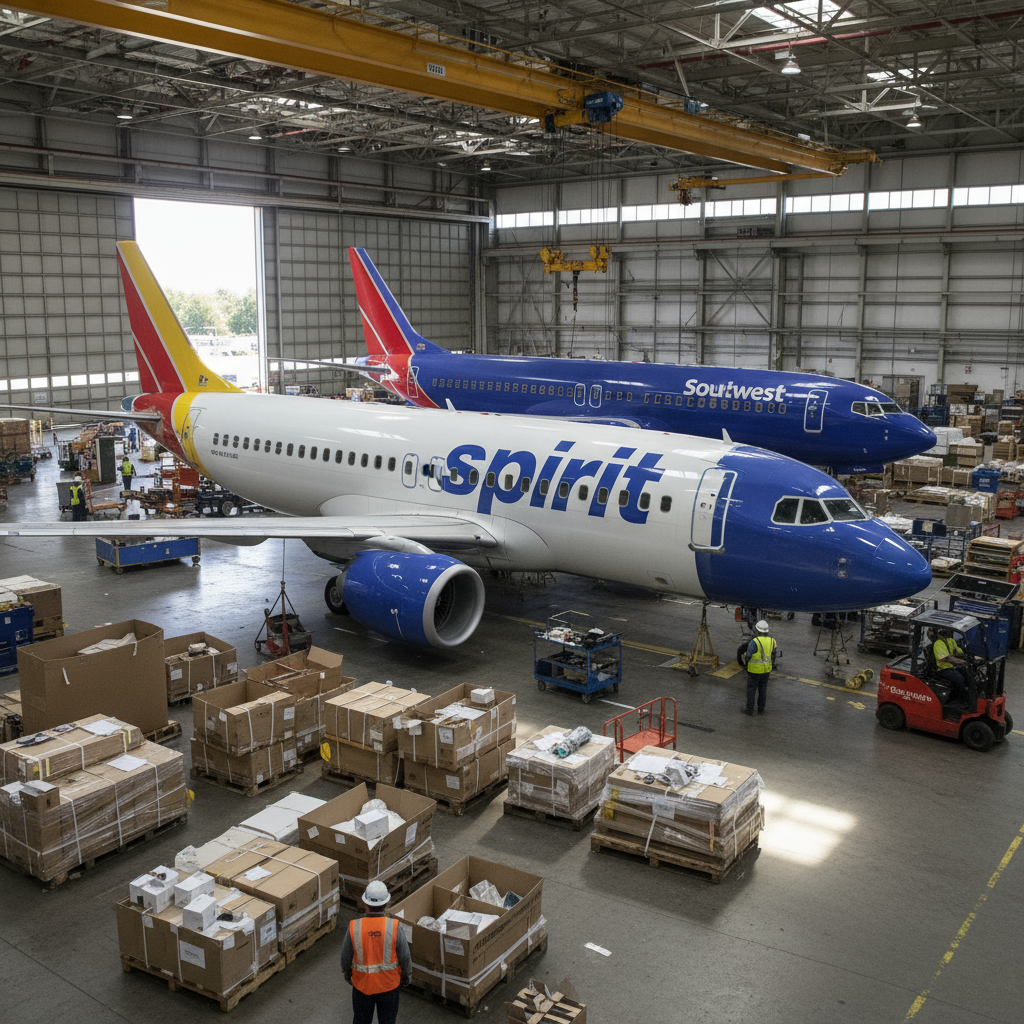Physical Address
304 North Cardinal St.
Dorchester Center, MA 02124
Physical Address
304 North Cardinal St.
Dorchester Center, MA 02124
Global aviation news tracker
Global aviation news tracker

Airlines and lessors are waiting longer for new single‑aisle aircraft as Airbus and Boeing scramble to keep up with soaring demand for narrowbody jets.
Global carriers are asking for more A320neo family and A321neo aircraft from Airbus and more 737 MAX models from Boeing, but persistent supply‑chain bottlenecks and shortages of skilled workers are constraining production. The delivery drag is affecting fleet renewal and growth plans across legacy carriers, low‑cost airlines and leasing companies.
Manufacturers report record backlogs of single‑aisle orders, and customers are increasingly turning to alternative strategies — including short‑term leases, wet leases and used‑aircraft acquisitions — to cover summer schedules and expansion goals. Lessors are also juggling commitments as lead times stretch longer than typical planning windows.
Two main issues are tripping up output: parts and people. Key suppliers for avionics, wiring, and landing gear face delivery delays, while manufacturers in several regions continue to rebuild skilled manufacturing and assembly teams after pandemic disruptions. Those combined effects slow final assembly for models like the A320neo family and the 737 MAX 8/9.
The operational impact is practical: airlines may defer route launches, reduce frequencies, or reassign widebody and regional aircraft to cover demand. Lessors are in a tight spot, balancing new commitments with extended delivery windows for lessors’ inventories and airline customers.
For passengers, the fallout is likely to show up as slower fleet modernization and, in some markets, capacity constraints that can keep fares higher during peak travel periods. Industry watchers expect manufacturers to gradually ramp output, but until supply and staffing tighten up, delivery timelines will remain fluid.